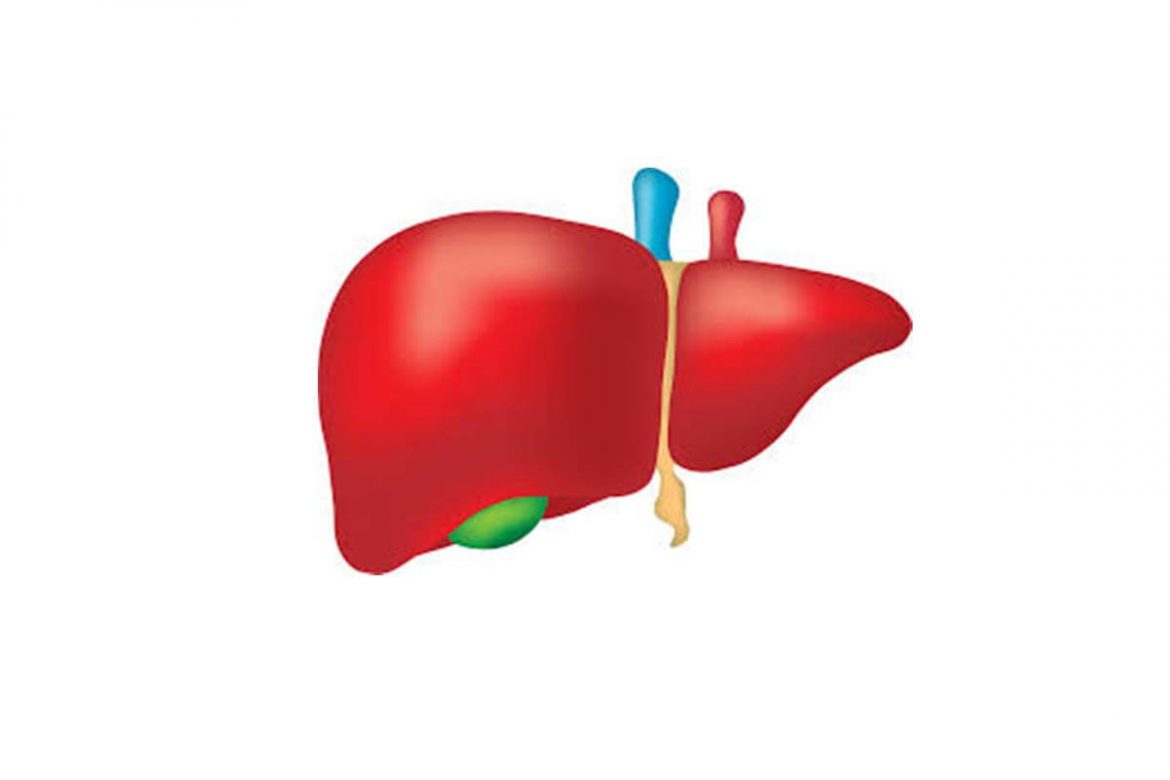Liver cancer and Hepatitis B are directly linked with each other. People with acute Hepatitis-B have high risk of liver cancer. Worldwide, Chronic hepatitis B infections, causes at least 54% of all liver cancer. These points were brought to fore by leading Gastroenterologist, Dr Shrikant Mukewar at a press meeting held on Tuesday. Mukewar revealed that India is at the second position after China in terms of the number of chronic hepatitis B infections.
Noted that as per data available with the Health Ministry, nearly 50 million Indians are chronically infected with Hepatitis B 1 . It is not only the most serious type of viral hepatitis 1 but also highly contagious.
Dr Mukewar stated that people with vaccination and timely initiation of anti-viral treatment are
the pillars of HBV prevention and control to prevent the development of major life-threatening
complications of chronic liver disease– cirrhosis (scarring of the liver) and liver cancer.
Hepatitis B virus (HBV) is transmitted through contact with infected blood or other body fluids of an infected person. This can happen through sexual contact, sharing of infected needles and syringes, use of contaminated invasivemedical equipment, or from an infected mother to her baby at birth. Healthcare workers are a particularly high-risk group, because of their frequent contact with patients or infected material.
It is worth mentioning here that in India, viral hepatitis is now recognised as a serious public health problem. To this Dr Mukewar said, “Although we have managed to bring down the number of new HBV infections in India, but still have a high number of active carriers of this virus. HBV increases the risk of transmitting the disease to others, negating our efforts to control and reduce cases. We must now push for early detection and diagnostic measures to distinguish between acute and chronic cases and start patients on anti-viral medication accordingly.â€
Noted that the chronic nature of disease depends upon the age at which a person is infected by the disease. Hence, children below 6 years of age who become infected with the hepatitis B virus are the most likely to develop chronic infections; 80–90% of infants infected during the first year of life develop chronic infections and 30–50% of children infected before the age of 6 years develop chronic infections 2 .
Dr Mukewar stated, “The aim should be to calculate the prevalence of Hepatitis-B in the region so that better understanding of the disease burden and treatment can be done. Prevention can be reduce the rate of new infections thus, the doctors and hospitals should also run prevention control programmes. Providing better facilities should be
encouraged in the direction of eradicating viral Hepatitis amongst hepatologists and gastroenterologist so that needy people should not be compelled to travel long distances and should seek government’s help wherever neededâ€.
Most of the cases of acute HBV infections are asymptomatic. Some patients however show symptoms that last several weeks, such as yellowing of the skin and eyes (jaundice), dark urine, extreme fatigue, nausea, vomiting and abdominal pain. For this several blood tests are available to diagnose hepatitis B that help distinguish between HBV and other cases of viral hepatitis.
Because this virus has capability of surviving outside the body for at least 7 days, it can cause infection if enters a non-vaccinated human body. The chronic nature of the disease depends upon the age at which a person is infected by the disease and hence, children less than 6 years of age who become infected with the hepatitis B virus are the most likely to develop chronic infections; 80–90% of infants infected during the first year of life develop chronic infections and 30–50% of children infected before the age of 6 years develop chronic infections 2.
Less than 5% of otherwise healthy persons who are infected as adults will develop chronic infection and
20–30% of adults who are chronically infected will develop cirrhosis and or liver cancer.
👉 Click here to read the latest Gujarat news on TheLiveAhmedabad.com

